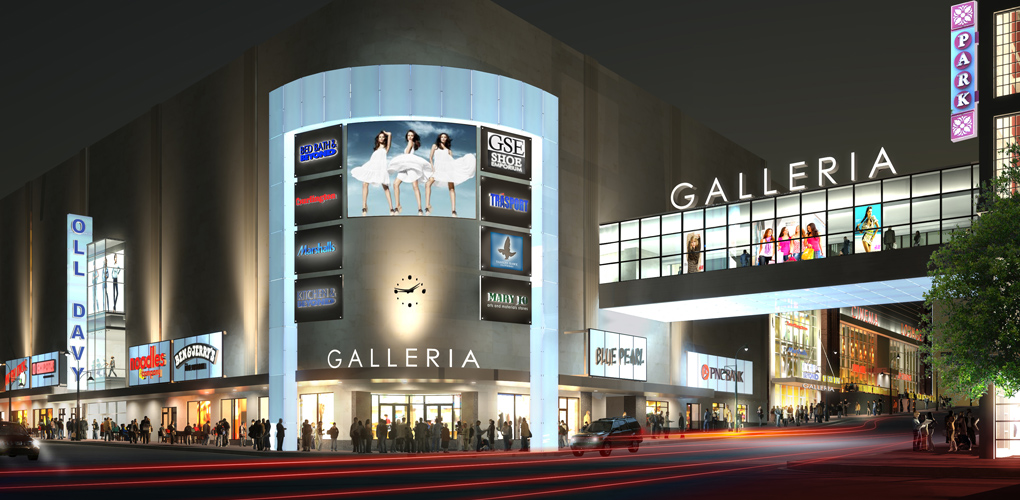There is an ongoing, and probably never ending, debate about which is better – traditional hand renderings created with mediums such as pen and ink, pencil, and watercolor, or 3D Visualization also known as CGI. In the articles and forum posts available on the internet, arguments are strong on both sides of the coin and are naturally presented by those close to/trained in their preferred method. Traditional artists tend to prefer traditional renderings and see the benefits more vividly. The same holds true for 3D artists and their method of visualization.
As a company which was established by a hand renderer turned CGI specialist we here at F13 have been trained with a unique perspective on this relentless topic. We’ve been enlightened in both arenas and while we now focus on 3D imagery studio-wide we still have the ability to appreciate, utilize, and implement the artistic characteristics of watercolor and pen and ink sketches to maximize the artistry and accuracy of our CGI images, animations, and virtual reality as only we can.

It’s safe to say that in general, supporters of traditional renderings site the soft lines, whimsy, and warmth of watercolors and the artwork aesthetic of the pen and ink renderings as their strengths. When a piece like this is presented for the purpose of sharing an idea or concept in hopes of being awarded work, it’s hard to go wrong. Immediately, the work emotes positive characteristics even potentially allowing the viewer to conjure positive memories and/or feel a connection to the piece.The same also holds true when the piece has been created for marketing purposes. Supporters of 3D Visualization site the photographic nature, ability to change design direction, and alter design view as its strengths. There is also no hiding behind a piece of art with CGI. Creators of projects to which every detail has been attended frequently prefer CGI in order to represent this level of accuracy.

So while the argument about which is best traditional renderings or CGI rages on, we prefer to focus on the positives of each, and utilize our talents in both traditional artwork and CGI to create 3D visualization as only we can creating architectural photorealism that effectively establishes a new debate in the visualization world… Is that a photograph or a rendering?

